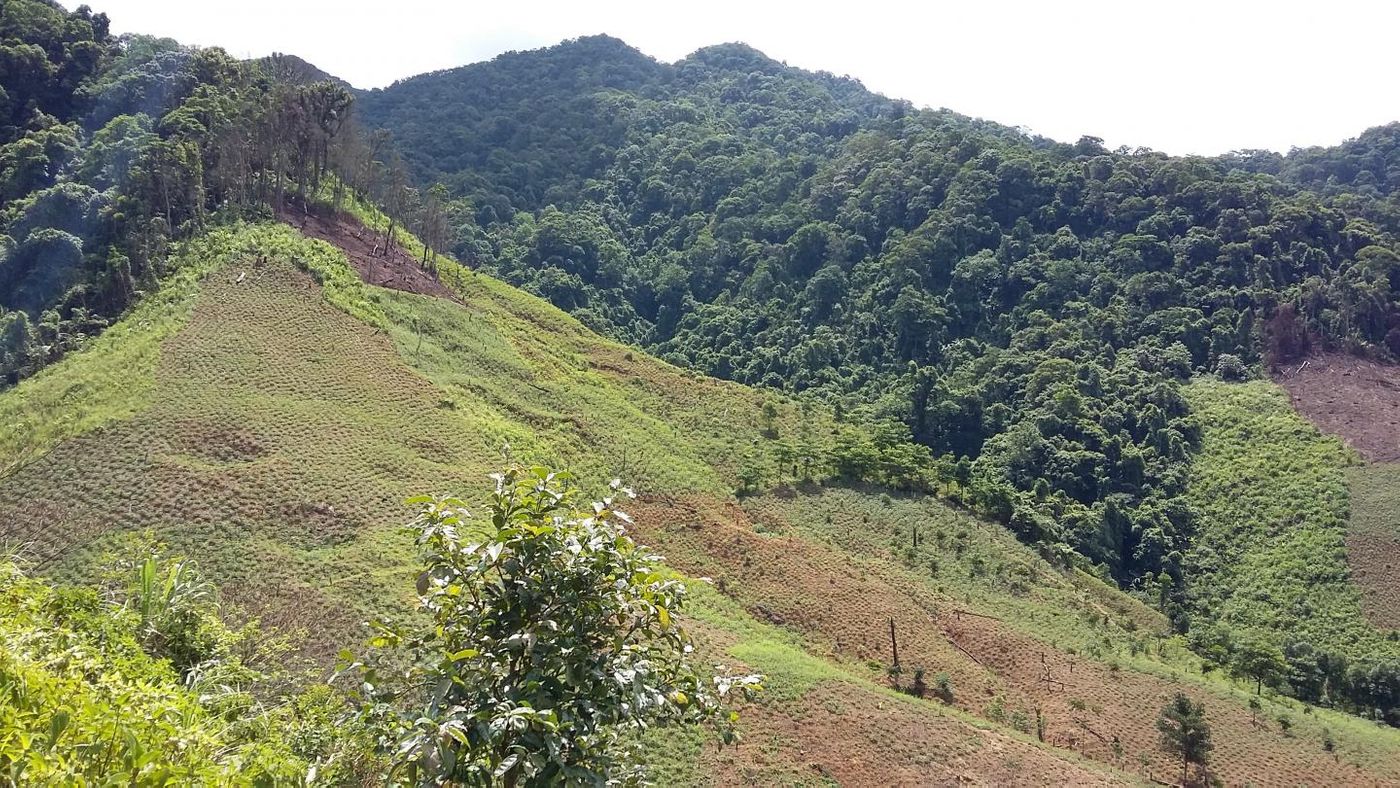Clearance of Southeast Asian Forests is Accelerating
For years, researchers have been warning about the environmental consequences of deforestation in Southeast Asia, an area that's estimated to hold about 15 percent of the globe's tropical forests. Human activity is driving deforestation there; the lumber is valuable, and the land is converted for growing palm oil and other cash crops. A 2019 report in Nature estimated 1990 and 2010, Southeast Asia lost a net average of 1.6 million hectares every year from 1990 to 2010, a total of 80 million acres, an area the size of New Mexico.
Now, a study published in Nature Sustainability has indicated that the clearance of forest in Southeast Asia has actually been accelerating, which is driving a massive release of carbon. Every year, about 400 million metric tons of carbon are moving from those forests into the atmosphere, and that level is expected to keep increasing. A lot of easily accessible forest land has been cleared already, leaving forests that are steep and high; but many of those are being cut down too.
"In the past, mountain forests were often spared from clearance because steep slopes and high elevations made deforestation more difficult," explained study co-author Professor Dominick Spracklen, a Professor at Leeds University's School of Earth and Environment.
"Our work shows that deforestation has now moved into these mountain regions and has accelerated rapidly in the past ten years. These mountain forests are amazingly rich in biodiversity and are crucial stores of carbon, so it is worrying to see that the frontier of deforestation is now moving upwards into the mountains of Southeast Asia.
Spracklen said that further loss of these areas will only cause climate change to accelerate. If it continues at this rate, Southeast Asia will lose about 40 percent of its biodiversity by 2100.
This work relied on data from satellites, which showed that the average loss of forest is about 3.22 million hectares every year for the years 2001 to 2019, and 31 percent of this deforestation was on mountains. Forest loss moved upwards about 150 meters over the past decade onto slopes with a higher carbon density than lowlands.
"Forested mountains are critical zones for biodiversity, future climate resilience, water supplies and carbon storage," said study co-author Professor Joseph Holden of Leeds' School of Geography. "The loss of forests at higher elevations in mountain regions of southeast Asia over the last 20 years is therefore of major concern, particularly given that these regions are also concentrated zones of sensitive species and where carbon stocks are high."
Sources: AAAS/Eurekalert! via University of Leeds, Nature Sustainability









